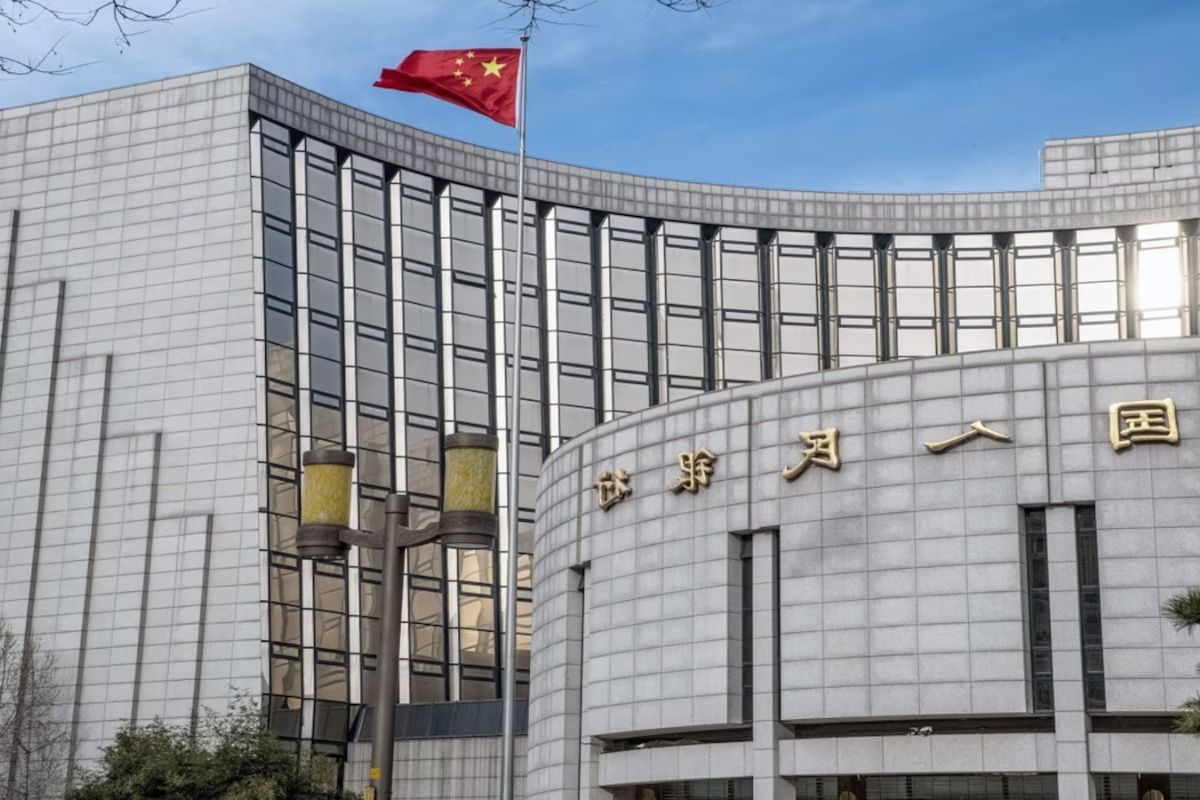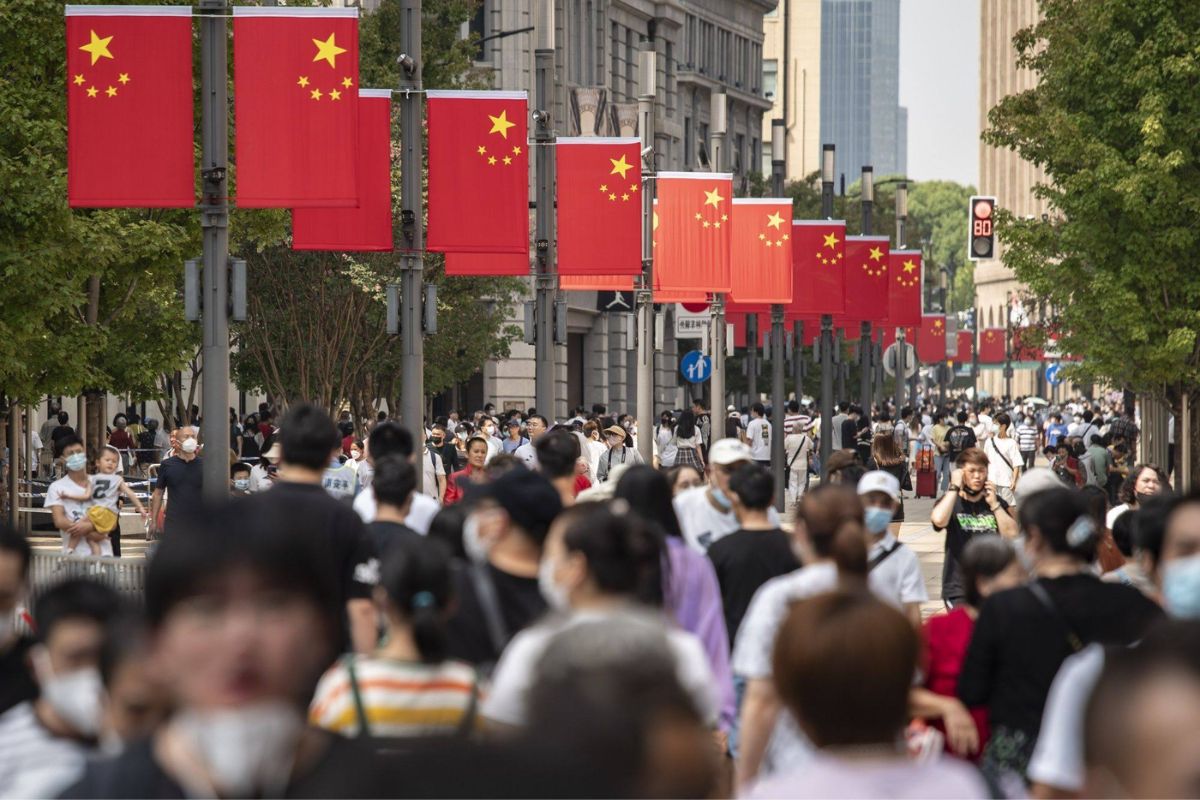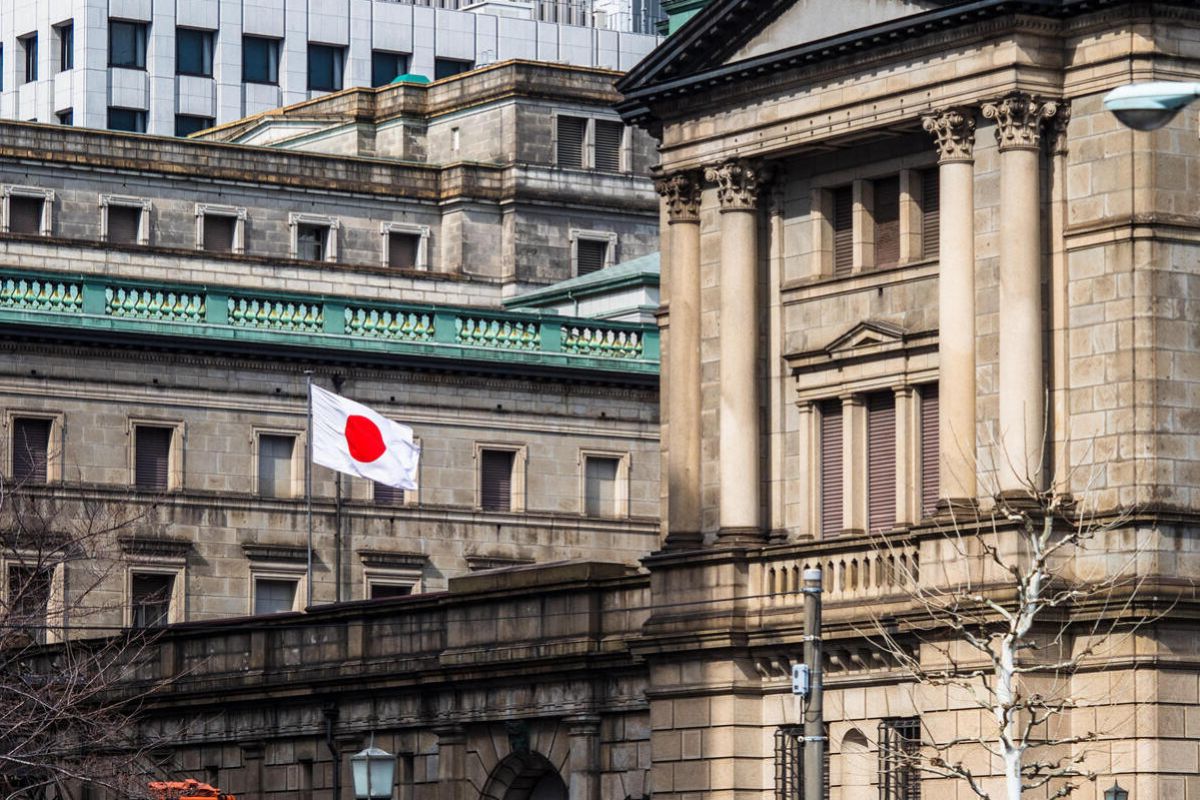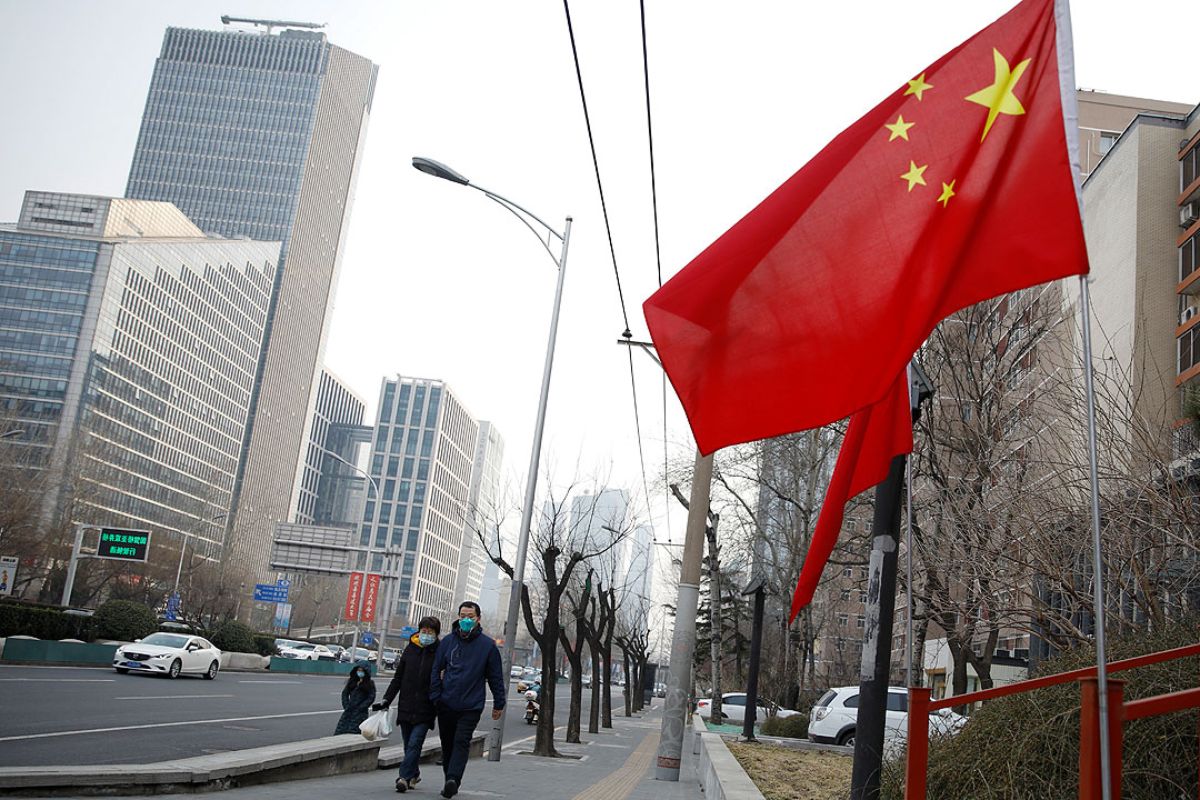China’s Central Bank Holds Firm: China’s central bank has signaled its intention to maintain stability by keeping the key policy rate unchanged in February, despite mounting economic challenges. As the country grapples with deflationary risks and real borrowing costs, the central bank finds itself in a delicate position of balancing the need for economic stimulus with the potential consequences of such actions.
Moreover, the timing of the policy decision coincides with the Lunar New Year holiday, adding an additional layer of complexity to the situation. While analysts widely anticipate the central bank’s decision to hold firm on the policy rate, there remains a sense of anticipation and speculation regarding future policy flexibility, including the possibility of a potential LPR cut and further monetary stimulus.
The central bank’s stance is undoubtedly of great importance, and its implications will continue to reverberate throughout the economy.
Key Takeaways
- China’s central bank is focused on maintaining stability and balancing support for the economy, aiming to stimulate economic growth while safeguarding the value of the currency.
- The central bank faces the dilemma of persistent deflationary pressures and the need for stimulus measures to counter falling prices, while also managing borrowing costs and preventing currency depreciation and capital outflows.
- The Lunar New Year holidays bring market uncertainty, and the central bank plays a crucial role in maintaining economic stability during this period by carefully navigating loan rollovers and minimizing disruptions to the economy.
- Analysts expect the central bank to maintain policy rate stability, with the majority anticipating no changes in the interest rate on MLF loans. The cautious stance of market participants aligns with the central bank’s decision, and analysts closely monitor future policy adjustments.
China’s Central Bank Policy Outlook: Maintaining Stability Amid Economic Challenges
China’s Central Bank is focused on maintaining stability in the face of economic challenges. It navigates the delicate balance between supporting the economy and preventing currency depreciation and capital outflows.
Also Read: Yuan’s Fate in Balance: China’s Central Bank Keeps Rates Steady Amid Global Economic Dynamics
Despite persistent deflationary pressure, the People’s Bank of China (PBOC) is anticipated to keep the interest rate on one-year medium-term lending facility (MLF) loans unchanged. This cautious approach is aimed at avoiding aggressive monetary easing that could potentially lead to currency depreciation and capital outflows.
The PBOC is aware of the need to support the economy in the midst of economic challenges, such as the impact of the ongoing COVID-19 pandemic. By maintaining stability and carefully managing monetary policy, the central bank aims to strike a balance between stimulating economic growth and safeguarding the value of the currency.
Navigating the economic stimulus dilemma in China requires careful consideration of deflationary risks and the impact on real borrowing costs.
China is currently facing the challenge of persistent deflationary pressures, which necessitate stimulus measures to counter falling prices. However, implementing aggressive monetary easing to stimulate the economy could result in currency depreciation and capital outflows, thereby increasing real borrowing costs.
This presents a dilemma for policymakers as they strive to strike a balance between combating deflation and managing borrowing costs. The central bank’s decision to hold the key policy rate steady in February indicates a cautious approach to avoid exacerbating these challenges.
Going forward, policymakers will need to carefully navigate this dilemma to ensure that stimulus measures effectively address deflationary risks while minimizing the impact on real borrowing costs.
Lunar New Year Impact: Timing of Policy Decision Amidst Public Holidays
Amidst the week-long Lunar New Year holidays starting on Feb. 10, the timing of the People’s Bank of China’s (PBOC) policy decision poses a unique challenge. The central bank’s actions during this period will have significant implications for the economy. Here are three reasons why the timing of the policy decision amidst the public holidays is crucial:
- Market uncertainty: The absence of key policymakers during the holidays can create uncertainty and speculation in the market, impacting investor confidence.
- Economic stability: The PBOC’s decision plays a crucial role in maintaining economic stability, especially during a period when businesses and consumers are heavily engaged in festivities and spending.
- Loan rollover: The scheduled loan rollover on Feb. 18, after the holidays, adds further significance to the central bank’s actions, as it will affect borrowing costs and liquidity in the market.
Considering these factors, the PBOC must carefully navigate the timing of its policy decision to ensure a smooth transition and minimize any potential disruptions to the economy.
Analyst Expectations: Survey Highlights Majority Anticipating Policy Rate Stability
The majority of analysts anticipate policy rate stability, according to a recent survey highlighting market participants’ cautious approach in predicting central bank actions amidst economic uncertainties.
In a Reuters survey, 71% of respondents expect the People’s Bank of China (PBOC) to maintain the interest rate on Medium-term Lending Facility (MLF) loans, while 29% project a marginal interest rate reduction. This reflects the cautious stance of market participants in light of the current economic uncertainties.
The PBOC’s decision to hold firm on the key policy rate in February aligns with the survey findings, indicating a consensus among analysts.
As the Chinese economy continues to face challenges, such as the ongoing trade tensions and the impact of the coronavirus outbreak, analysts are closely monitoring the central bank’s actions for any signs of policy adjustments.
Future Policy Flexibility: Potential LPR Cut and Monetary Stimulus
As analysts consider the future policy flexibility of China’s central bank, potential measures such as a reduction in benchmark lending loan prime rates (LPRs) are being discussed following the cautious approach towards policy rate stability. While not expected to be a drastic stimulus, a carefully implemented LPR cut could have several positive impacts on the economy:
- Increased borrowing affordability: Lower LPRs would make it cheaper for businesses and individuals to borrow money, stimulating investment and consumption.
- Boost to economic growth: The reduction in borrowing costs could help stimulate economic activity, leading to higher GDP growth in the coming months.
- Improved market sentiment: A signal of monetary stimulus through an LPR cut could boost market confidence, encouraging investors and businesses to take a more optimistic view of the future.
Conclusion Of China’s Central Bank Holds Firm
China’s central bank is expected to maintain stability by keeping the key policy rate unchanged in February. Despite economic challenges and deflationary risks, the bank is faced with the dilemma of stimulating the economy without increasing borrowing costs.
The timing of the policy decision during the Lunar New Year holiday adds further complexity. Analysts anticipate policy rate stability, but there is potential for future flexibility with a potential cut in the loan prime rate and monetary stimulus.
Our Reader’s Queries
Q1 What is China central bank rate?
A The China Loan Prime Rate stands at 3.45%, unchanged from last month and lower than the rate of 3.65% recorded last year. This current rate is below the long-term average of 3.78%.
Q2 What are the current and forecast interest rates in China?
A Analysts anticipate that the Interest Rate in China will reach 3.35 percent by the conclusion of this quarter, as per Trading Economics global macro models and analyst predictions. Looking ahead, our econometric models project a trend around 3.15 percent for the China Loan Prime Rate in 2025 and 3.25 percent in 2026 in the long term.
Q3 When the central bank of a country decides to change the interest rates?
A Typically, the central bank adjusts its policy interest rate to impact economic activity, yet only a limited number of significant private borrowers, whose actions hold sway in this regard, borrow at the central bank’s policy rate.




